Queens, New York
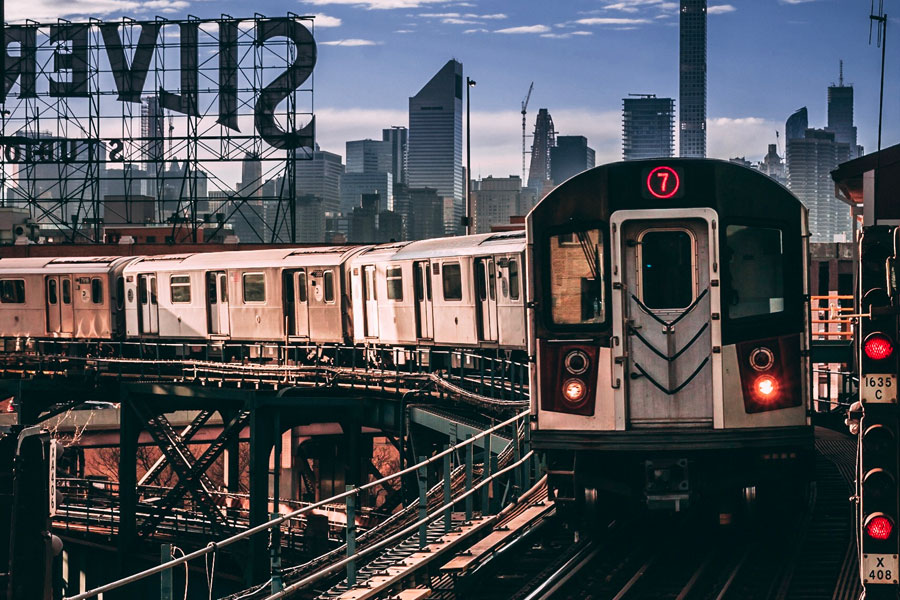
Overview
Queens, the largest of New York City’s five boroughs by area, is a vibrant tapestry of cultures, languages, and neighborhoods. Located on the western end of Long Island, it shares borders with Brooklyn to the west and Nassau County to the east. With a population exceeding 2.4 million, Queens is renowned as one of the most ethnically diverse urban areas globally, with nearly half of its residents being foreign-born
History
Established in 1683, Queens County was named in honor of Queen Catherine of Braganza, the Portuguese wife of King Charles II of England . Originally encompassing a larger area, including what is now Nassau County, Queens became one of the five boroughs of New York City during the city’s consolidation in 1898.

Geography & Neighborhoods
Spanning approximately 178 square miles, Queens boasts a diverse range of neighborhoods, each with its unique character:
- Astoria: Known for its rich Greek heritage, vibrant arts scene, and proximity to Manhattan.
- Flushing: Home to one of the largest and fastest-growing Chinatowns outside Asia, offering a plethora of Asian cuisines and cultural experiences .
- Long Island City (LIC): A rapidly developing area with a mix of modern high-rises, art institutions like MoMA PS1, and waterfront parks.
- Jackson Heights: A melting pot of cultures, particularly South Asian and Latin American communities, reflected in its diverse culinary offerings.
- Rockaway Beach: A coastal neighborhood offering sandy beaches, surfing spots, and a laid-back atmosphere.
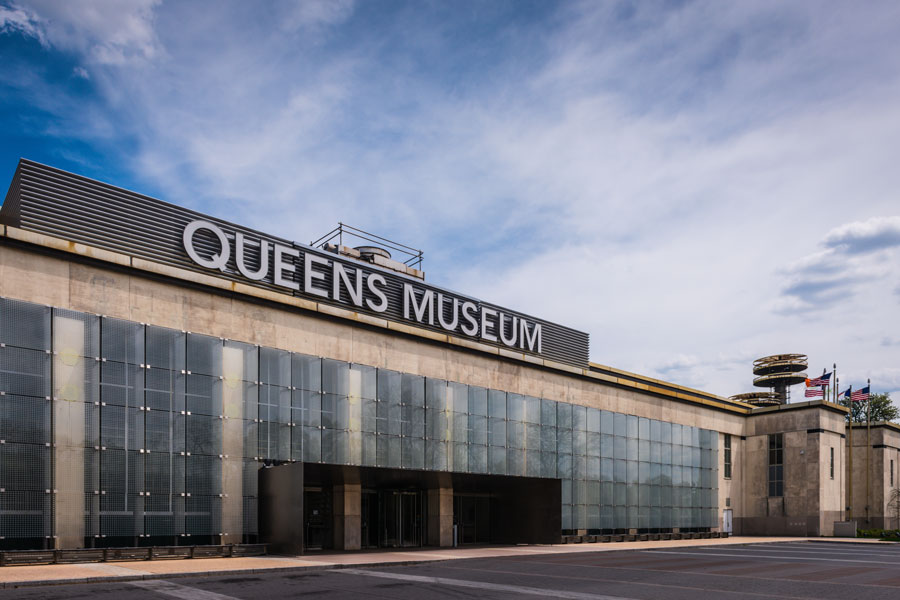
Attractions & Landmarks
Flushing Meadows-Corona Park: The city’s fourth-largest park, featuring the iconic Unisphere, Queens Museum, Queens Botanical Garden, and the USTA Billie Jean King National Tennis Center, host of the US Open .
- Citi Field: Home to the New York Mets, offering baseball games and various events throughout the year.
- Queens Night Market: A seasonal open-air market showcasing global cuisines, art, and performances, with affordable prices capped at $6 per item.
- Museum of the Moving Image: Located in Astoria, this museum offers exhibits on film, television, and digital media.
- Queens County Farm Museum: A historic 47-acre farm offering a glimpse into New York’s agricultural past, complete with livestock, crops, and seasonal events.
Dining & Cuisine
Queens’ culinary scene is a reflection of its diverse population:
- Flushing: Renowned for its authentic Chinese, Korean, and other Asian cuisines. Highlights include dim sum at Asian Jewels Seafood Restaurant and various offerings at the New World Mall Food Court .
- Jackson Heights: A haven for South Asian and Latin American foods, from Indian curries to Colombian arepas.
- Astoria: Offers a mix of Greek tavernas, Middle Eastern eateries, and modern cafes.
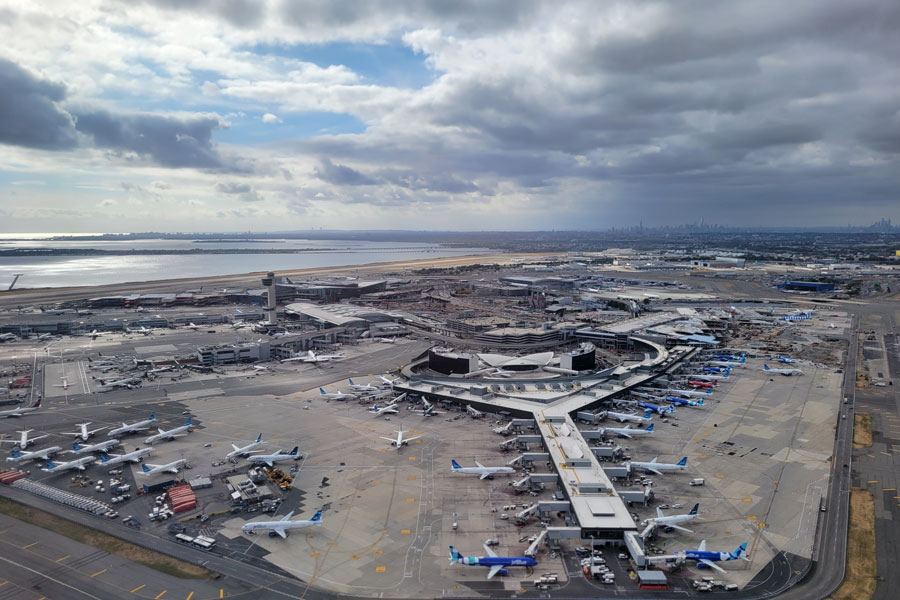
Transportation
Queens is well-connected through various transportation options:
- Subways: Multiple lines, including the 7, E, F, M, N, R, and W trains, serve the borough.
- Airports: Both of New York City’s major airports, JFK International and LaGuardia, are located in Queens.
- Buses and LIRR: An extensive bus network and Long Island Rail Road lines provide additional connectivity.
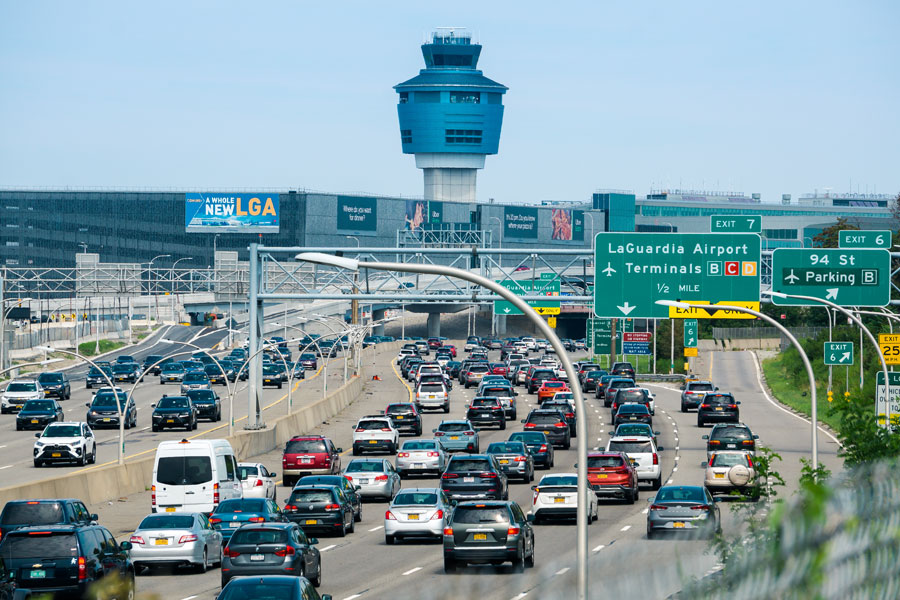
Events & Festivals
- US Open Tennis Championships: Held annually at the USTA Billie Jean King National Tennis Center, attracting global tennis stars and fans.
- Queens Night Market: Running from April to October, this market celebrates the borough’s diversity with food, art, and performances .
- Cultural Festivals: Various neighborhoods host events celebrating their unique heritages, such as the Colombian Independence Day Parade in Jackson Heights and the Greek Festival in Astoria.
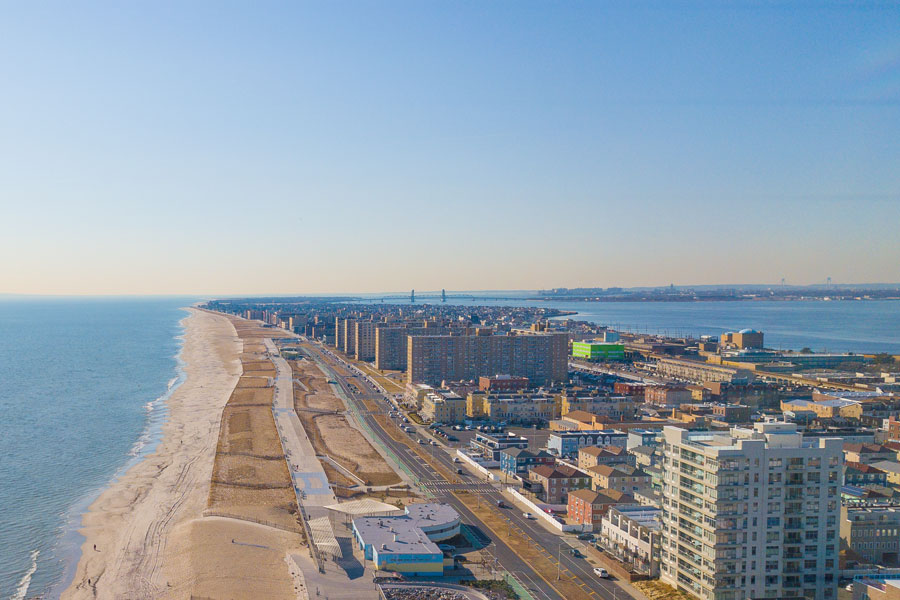
Living in Queens
Queens offers a blend of urban and suburban living, with diverse housing options ranging from high-rise apartments in LIC to single-family homes in neighborhoods like Forest Hills. The borough’s diversity, coupled with its amenities and relatively affordable housing (compared to Manhattan), makes it an attractive place to live.
Queens stands as a testament to New York City’s rich tapestry of cultures and communities. Whether you’re exploring its diverse neighborhoods, indulging in global cuisines, or attending world-class events, Queens offers an experience like no other.

